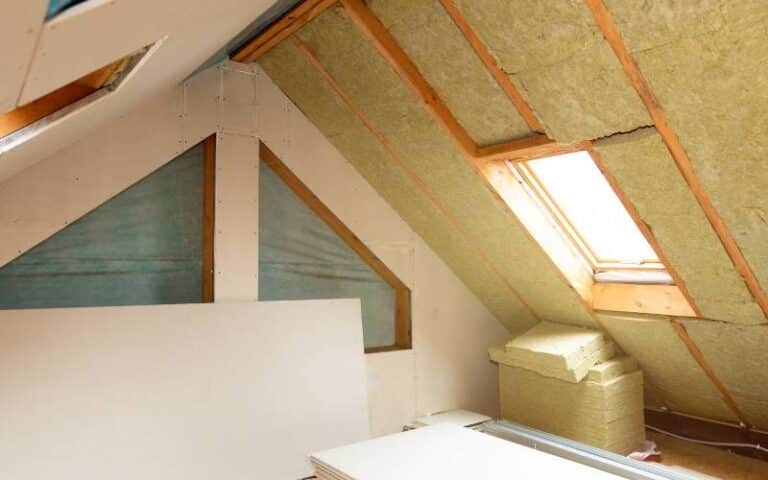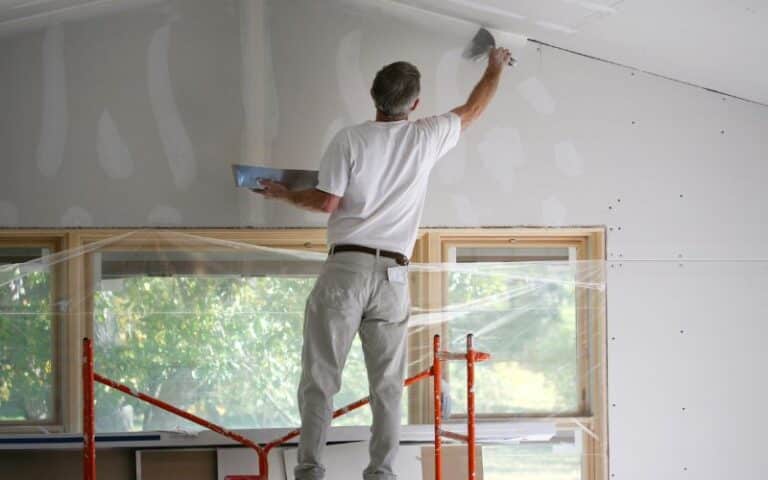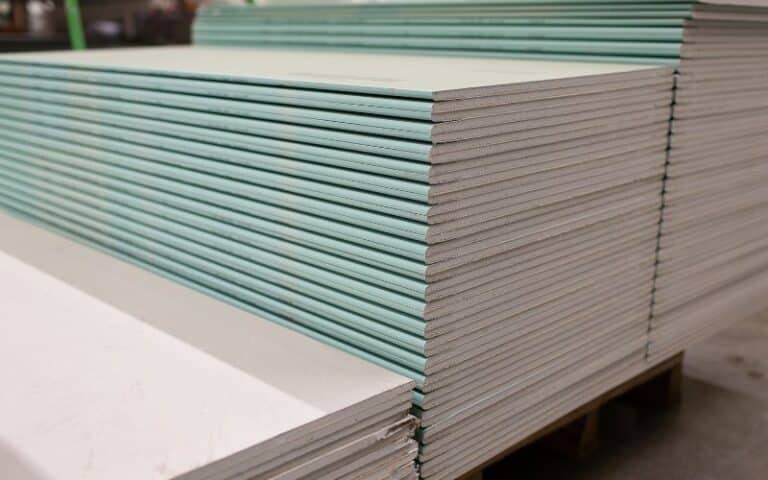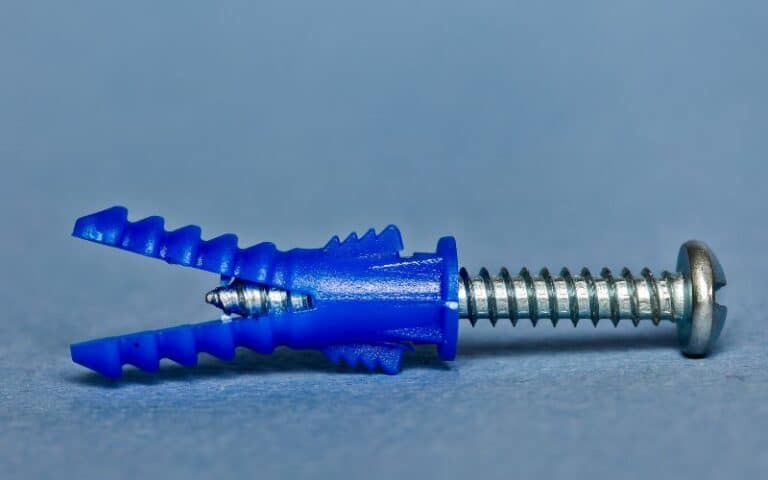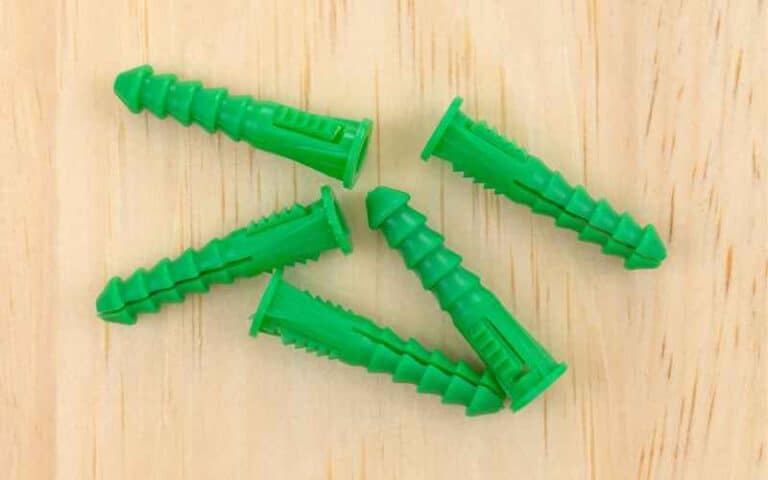Drywalls are fine materials to use in homes. But for them to last longer and maintain their excellent condition, you should install them correctly.
And an essential part of its finishing is covering the drywall joints and corners. Many have different opinions on what to use for this, as some prefer using joint compounds or tapes.
But since caulk is also suitable for sealing & bonding materials, is it reasonable to use it for drywall corners?
Using caulk is not advisable, but there’s also no rule against it. This implies how crucial it is to be selective on what projects to apply the caulk. Caulk is a short-term solution to joining drywall corners and will crack or shrink away quickly. Experts recommend using tape or mudding drywall corners for best results, except it’s a small project.
By the end of this article, you’ll discover which option is the best for sealing drywall corners and if it’s alright to use caulk.
Ready for a Drywall Quiz?
Does Caulk Last on Drywall Corners?
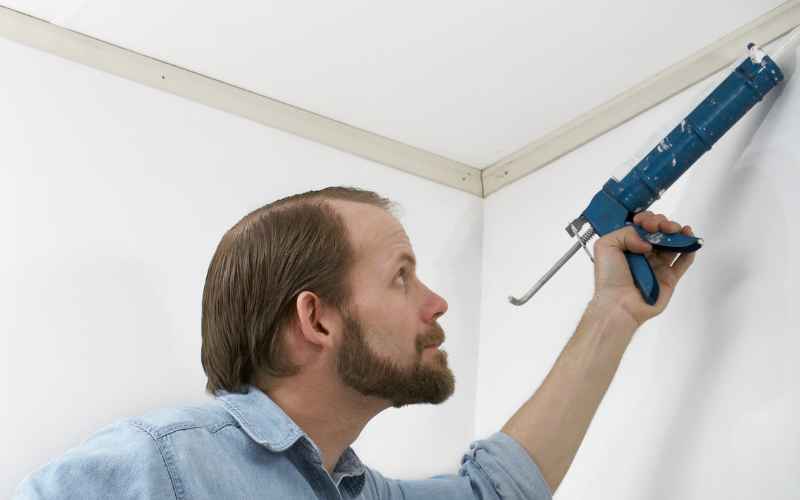
Caulk is a short-term solution and doesn’t last on drywall corners. And that is precisely why professional painters advise against it.
It might have its advantages but doesn’t outweigh its downsides, as the table below shows.
| Pros | Cons |
|---|---|
| Caulk is an affordable solution. | It doesn’t last long and begins to crack, lose or shrink away. |
| You can remove it when it’s wet, and you change your mind about applying it. | It doesn’t work well when it comes in contact with water |
| Anyone can use it, making it perfect for a DIY drywall corner fix | It discourages drywall sanding for priming walls |
| It dries quickly | It doesn’t give the best afterlook, and some caulk discolors paint. |
Another thing to know is that while the caulk isn’t a reliable solution, it doesn’t mean others also are 100% foolproof.
There are times when caulking drywall corners might be your best option; you only need to understand when.
Caulking is recommended for small projects inside corners that people seldom visit.
For instance, it won’t be okay to caulk a drywall corner in your sitting room next to your TV console. It is an open position, and poorly placed drywall will negatively affect its look.
But caulk is an excellent option for closets with small corners that need to be filled or bonded. And an essential factor to remember is to use the right caulk; avoid old ones.
Should You Caulk Drywall Corners Before Painting?
Yes, it’s vital to caulk before painting. You may be wondering why.
Like priming drywalls, caulking surfaces smoothens them in preparation for painting, regardless of whether it’s a new or painted wall.
Moreover, like regular ones, drywalls are also prone to cracks, peels, or holes from nails or studs that fell off or were removed.
Painting over these holes will ruin the painting, making it appear rough, which is something you wouldn’t want.
Caulking all cracks is a seamless way to turn a DIY painting into a professional job.
And caulks vary from latex/acrylic ones to acrylic cauls with silicone, 100% silicone, and high-performance caulks.
#1. Latex/Acrylic Caulks
These are the most popular ones and are generally called painter caulks.
It is also the best caulk for drywalls, affordable, and easy to work with, especially since you can clean it up with soap and water.
However, it’s best for indoor applications as there are better quality sealants.
#2. Acrylic Latex Caulk With Silicone
It’s similar to regular acrylic caulk, but the silicone addition makes it even more flexible. Flexibility means it aligns with the surface without giving away its presence.
#3. 100% Silicone Caulk
This caulk is the best option for areas requiring water and mildew resistance and is permanently flexible.
But it would be best if you only used this caulk on places that never need painting, or it could turn out bad.
#4. High-Performance Sealant Caulks
It is reasonable to spend on high-performance caulks but be selective before buying any to be sure they fit your desired job.
It could be a waterproof item for outdoor applications or anything else. Its drawback is that it requires paint thinner and can be challenging to work with.
You can buy acrylic caulks with scrapers if you’re filling cracks. But if it’s for only drywall corners, use a pointed cover.
A secret to achieving excellent finishing on drywall corners is making little incisions on the caulk’s tube for a small hole.
This way, you have better control over the quantity that comes out. Also, keep a wet rag and a bowl of water near if you need to clean some excess as it builds up during smoothing.
4 Ways to Seal Drywall Corners
Sealing drywall corners is something you might experience in your home, but there’s nothing proper maintenance won’t fix.
Covering these drywall corners will restore its beauty, giving you a smooth surface to work with if you ever wish to repaint it.
Below are four ways to seal corners in your drywalls.
#1. Using Joint Compound/Mud With Tape
Drywall mud comprises the same content as drywall: gypsum in a paste form and is used to seal drywall corners.
To mud a drywall corner, you have to clean the area around the seam to eliminate dust and any debris.
Next, apply a small drywall mud into the seam. Afterward, cut a perfect length of joint drywall tape and paste it on the open area.
Proceed to paste the joint compound over it and smoothen it, then sand it after it dries.
#2. Use Inside Corner Beads
Corner beads simplify the process of finishing drywall corners, sparing you the trouble of smoothing tapes.
It’s a long aluminum with a perfect shape to suit a drywall corner. First, measure the drywall corner’s height and cut the inner bead to fit it before pressing it into position.
Afterward, fasten the screws and nails to secure them. When you’re done, apply a joint compound paste over it till it appears even and smooth.
It may be necessary to double-coat the compound to hide the inner bead’s presence. Apply the first coat of compound lightly and allow it to dry; afterward, apply the second coat.
#3. Crown Molding
Crown molding is another way to seal corners in your drywall.
Again, remember that measurement is significant, so only begin after ascertaining the exact length and height before cutting.
Afterward, install it on the drywall corner, either on the floor or in the upper region.
But you should know it’s best to apply joint tapes/inside corner beads before crown moldings. Failure to do so will leave your home vulnerable to fire and pests.
#4. Quarter Round
These quarter rounds are a discreet way to seal drywall corners, as they’re small and easy to work with.
As usual, measure the drywall corner’s length and pick a molding material but ensure it matches the drywall.
You can also decide to paint it to achieve a specific look and prioritize a 45° when cutting the quarter rounds to achieve that joint look.
Finally, mark the spots you choose to insert nails, drill them, and caulk open gaps before sanding.


